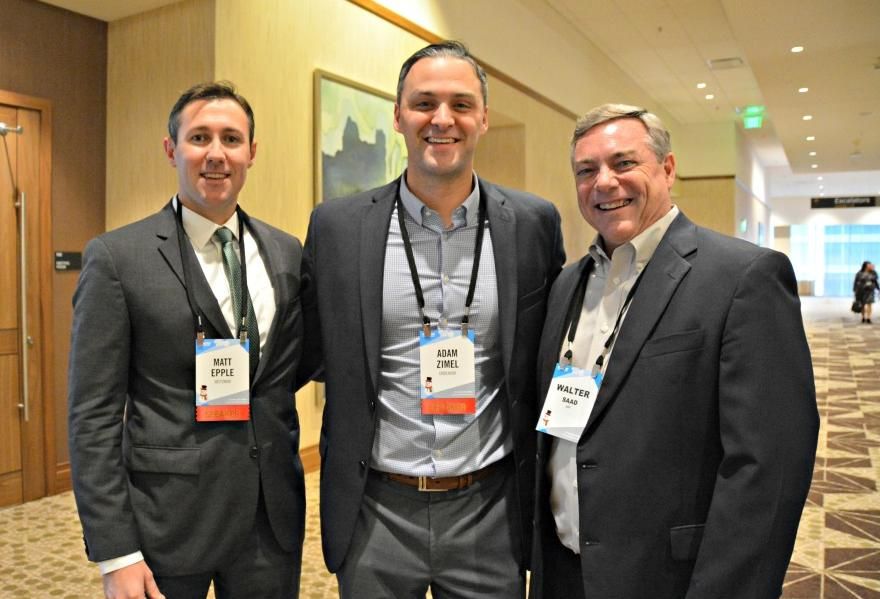The Challenges of an Austin Retail Tenant

Many Austin landlords pride themselves on being weird — on embracing local and regional shops and restaurants. But the little retailers often face the most challenges when the market gets disrupted.
Local shops are usually small businesses, less able to withstand rent increases, taxes and disruptions to the retail world.
Rents keep rising. As for increases in taxes, insurance and maintenance costs, Endeavor vice president of leasing Adam Zimel (pictured, center) says you can’t lease around those triple-net challenges, and that falls back on the tenants. Mom-and-pop tenants can only sustain so much, Zimel said at Bisnow’s Annual Austin Retail: Around The Retail Experience event.
The last thing a developer wants to do is underestimate taxes to a tenant, but the impact is larger for small tenants. Estimating taxes on a property that has not been built can be tough, but you must be as clear as possible when communicating with tenants, Edge Realty vice president Cole Brodhead said. After a tenant opens up shop, successful tenants are the ones that create a sense of experience in their shop. In an industry filled with buzzwords like creativity and experience, Lincoln Property senior vice president Wes Babb (right with Bank of the Ozarks’ Greg Garner) uses the word relevance. Is the retailer creating relevance in the center’s tenant mix and is the retailer creating relevance within its own business?
Whitestone REIT chairman and CEO Jim Mastandrea has seen one example that checks all the boxes for relevance, creativity and experience: pickleball. The fast-growing sport combines elements of tennis, badminton and ping-pong — and needs an indoor or outdoor court for tournaments and games. Mastandrea said landlords have a huge opportunity to turn vacant retail space into pickleball courts. Brodhead (far left above) has seen some deals fall through, not because of labor restrictions on the developer’s end, but because of staffing shortages on the retailer’s end. That can be a deal breaker, because developers cannot offer incentives or promotions that will directly pay hourly sales associates.
Rents over the next couple of years will be interesting to watch, Babb said. Brodhead predicts 2% to 3% rent growth for the next few years, but he is still watching how markets will react to President Donald Trump and how transit and traffic impact Austin.